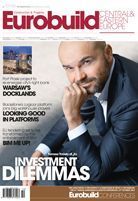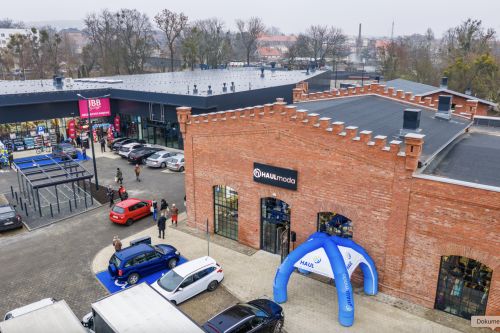The health of the US economy is helping to perpetuate the good mood of investors, which combined with the low inflation and very low interest rates is providing the ideal environment for economic growth. In Q2 American GDP increased by 4.2 pct y-o-y, even though economists had estimated that it would be no more than 4 pct. On top of this the consumer confidence indexes look highly promising (consumption constitutes two-thirds of the US economy) as do the forward indicators. So it should be no surprise that the American S&P 500 exceeded the 2,000 points threshold and the annual rate of return of the index came to over 20 pct (whereas the rate of return from the WIG20 remained in single-digits). The situation in the eurozone looks slightly worse – Germany and France are catching their breath and their economies are in stagnation. The condition of the German economy is particularly important from the point of view of Poland, for which Germany is the main trading partner. And thi






























































